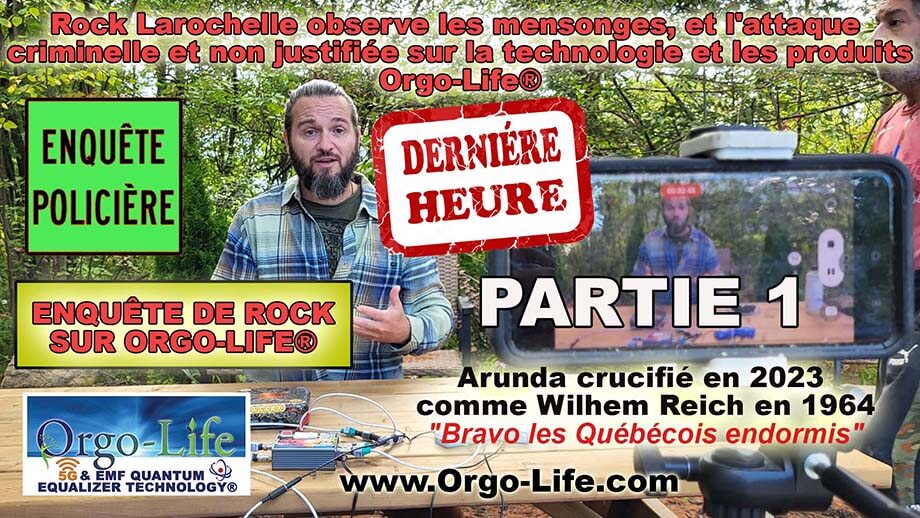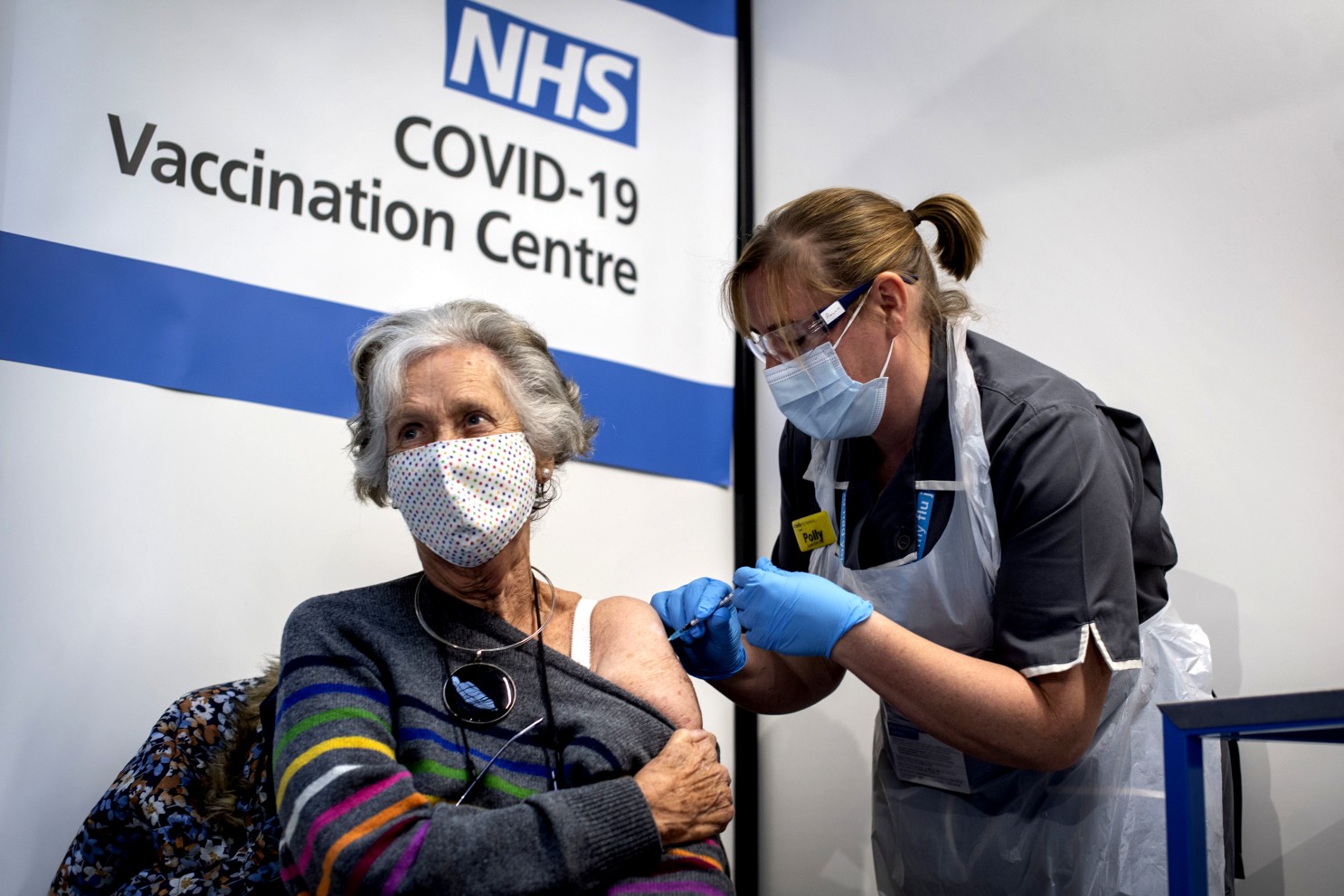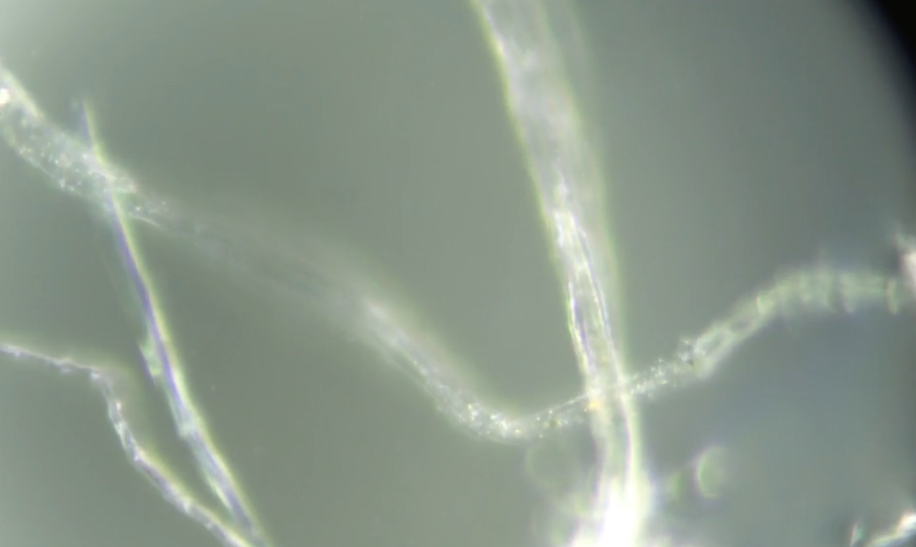NE LAISSER PAS LE 5G DETRUIRE VOTRE ADN Protéger toute votre famille avec les appareils Quantiques Orgo-Life® Publicité par Adpathway
/*! elementor – v3.19.0 – 28-02-2024 */
.elementor-widget-text-editor.elementor-drop-cap-view-stacked .elementor-drop-cap{background-color:#69727d;color:#fff}.elementor-widget-text-editor.elementor-drop-cap-view-framed .elementor-drop-cap{color:#69727d;border:3px solid;background-color:transparent}.elementor-widget-text-editor:not(.elementor-drop-cap-view-default) .elementor-drop-cap{margin-top:8px}.elementor-widget-text-editor:not(.elementor-drop-cap-view-default) .elementor-drop-cap-letter{width:1em;height:1em}.elementor-widget-text-editor .elementor-drop-cap{float:left;text-align:center;line-height:1;font-size:50px}.elementor-widget-text-editor .elementor-drop-cap-letter{display:inline-block}
Anal sex may have once been thought of more taboo than other sexual behaviors, but today we know it’s a perfectly normal way to find sexual pleasure. We also know that a lot of couples are doing it. A 2024 survey from BedBible.com found that 40% of Americans had tried oral sex. This included 69% of women, 32% of heterosexual men, and 85% of gay men. Other forms of butt play—including using fingers, sex toys, and tongues on a partner’s anus—are also very popular.
Like other sexual behaviors, however, anal sex can expose you to sexually transmitted infections (STIs). Anyone who has—or is thinking about—engaging in anal sex should plan ways to keep themselves and their partner(s) safe.
What is anal sex?
Anal sex usually refers to one partner putting their penis into another partner’s anus. Anilingus (often referred to as rimming) is when someone uses their mouth or tongue on their partner’s anus. People can also use their fingers or a sex toy on/in their own or their partner’s anus.
Can you get an STI through anal sex?
Yes. Pretty much any STI that can infect your genitals can also infect your anus. Some of the STIs that are more common from anal sex include chlamydia, gonorrhea, herpesHPV, and HIV. The risk of getting an STI is higher for the receptive partner (sometimes called the bottom).
It is possible to get an anal infection (also called a rectal infection) with many of these STIs without ever having had anal sex. The penis and the vagina are close to the anus, bacteria and viruses can sometimes travel from one place to the other through fluids like vagina secretions. You can also spread them through actions like wiping in the wrong direction after you use the bathroom or not washing your hands after touching a partner’s genitals. Sex toys that aren’t properly washed between uses can also transmit STIs to the anus.
What are the symptoms of anal STIs?
The symptoms of anal STIs vary. Possible symptoms included rectal itching, pain, or bleeding. Some STIs may also cause discharge from the anus or pain when you poop. Others may cause small sores or warts to appear in or around your anus. (See symptoms for specific STIs below.)
It is important to remember that anal infections often don’t have any symptoms.
How are anal STIs diagnosed?
Some anal STIs can be diagnosed with a visual exam. A provider might see warts or sore just by looking. Some are diagnosed using a swab or brush to collect cells from the rectum. Others can be diagnosed using a blood or stool sample. Providers may also want to do a digital rectal exam in which they insert a gloved finger into your rectum to check for sores or masses. (See below for more specific information about each STI).
Can anal STIs be treated?
All anal STIs can be treated. Antibiotics can cure rectal infection with bacteria like chlamydia and gonorrhea. Other STIs can’t be cured but can be treated with medications or topical creams to keep the infection from getting worse and manage the symptoms. Anal HPV infection may require in-office procedures to remove warts or masses. (See below for more specific information about each STI).


.png) 1 month_ago
10
1 month_ago
10























 French (CA)
French (CA)